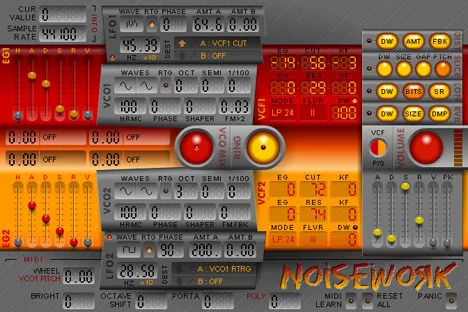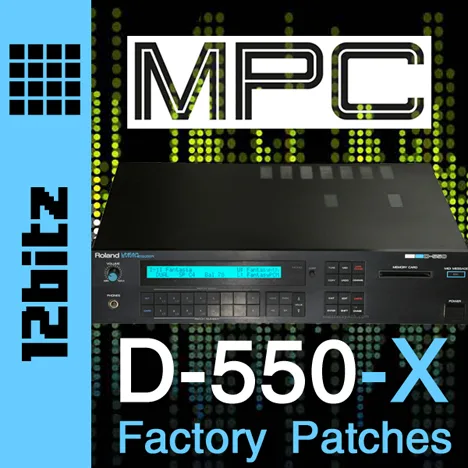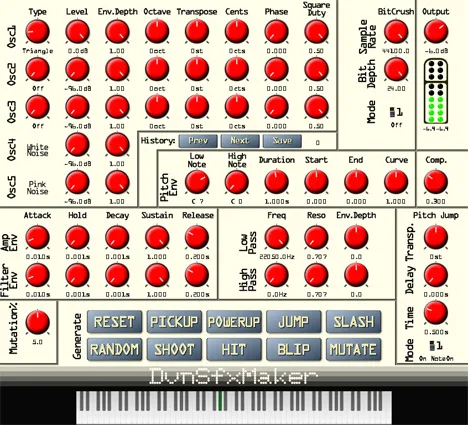NoiseWork – Dirty Synthetic Energy by novaflash
Experience the raw power and defiance with NoiseWork – a beta version virtual synthesizer from developer novaflash. This plugin is designed for those who seek not just clean and polished sounds, but real character, texture and, of course, lots of noise and dirt in the best sense of the word. If your tracks need an experimental, industrial, or just a unique synthetic layer, NoiseWork is ready to become your instrument for sonic chaos.
What’s under the hood?
NoiseWork is a VST instrument that works on the Windows (Win32) platform. Despite its beta status, it already offers an interesting set of features for sound shaping. The main emphasis is on creating rich, perhaps somewhat unpredictable textures that can add uniqueness to your mixes. Its architecture allows you to delve deep into the world of synthesis, from basic oscillators to specific processing effects.
Key elements of synthesis and processing
The heart of NoiseWork is its sound sources. You have control over two oscillators (VCO1 and VCO2), which are the basis of any synthesized sound. Their volume levels (VCO1 VOL, VCO2 VOL) allow you to mix these components, creating more complex timbres. Additionally, the arsenal includes Ring Mod (Ring Mod), which can add metallic, bell-like, or just strange, dissonant shades that perfectly match the concept of a “dirty” synthesizer.
As the name suggests, noise plays a significant role. Control over the volume (NOISE VOL) and color of the noise (NOISE COLOR) opens up opportunities for creating textures – from a light hiss to powerful white noise, which can be used as a standalone element or to enrich oscillators.
To give the sound the necessary shape and character, NoiseWork is equipped with filters. There is one main filter (VCF1), which can be controlled using the cutoff (VCF1 CUT), resonance (VCF1 RES), and depth/mix (VCF1 D/W) parameters. These parameters allow you to shape the timbre, opening or closing the frequency spectrum, adding accents to certain frequencies with resonance, and determining the intensity of the filter’s action.
Effect sections and signal processing
NoiseWork is not limited to just basic synthesis. It contains Multi-effects (MFX) and Send Effects (SFX) sections, which significantly expand the palette of sounds.
In the MFX section, you will find:
- LoFi (MFX LOFI D/W) – adds digital artifacts, reduces the bitrate or sampling rate, giving the sound an aged or “broken” character.
- Formant (MFX FORMANT D/W, MFX FORMANT X, MFX FORMANT Y) – a unique effect that can imitate vocal sounds or create unearthly, synthetic textures by manipulating formants.
- Additional filters (MFX VCF2/VCF3) – two more filters with control over cutoff (CUT), resonance (RES) and depth/mix (D/W) for further timbre shaping or creating complex filter movements.
Signal processing also includes saturation (SAT AMOUNT) and limiting (LIMITER AMOUNT) sections. Saturation adds harmonics, making the sound “fatter” and warmer or more aggressive. The limiter helps to control peak values, making the sound denser and avoiding overload.
The Send Effects (SFX) section provides classic spatial and modulation effects:
- Chorus (SFX CHORUS D/W) – thickens the sound, creating a chorus effect.
- Delay (SFX DELAY D/W) – adds echo, creating a sense of space or rhythmic repeats.
- Reverb (SFX RVRB D/W) – imitates room acoustics, adding volume and depth to the sound.
Control over these effects is usually done through the depth/mix (D/W) parameter, which determines how much of the processed signal is mixed with the original.
Integration and control
An important feature of NoiseWork is the wide assignment of MIDI CC controllers to most of its parameters. This means that you can automate or control the synthesizer parameters in real time using a MIDI controller or automation in your DAW. The list of assigned CC numbers provides a clear understanding of which controller is responsible for what, which makes the plugin more flexible and expressive in use. From the modulation wheel (MOD. WHEEL) and portamento (PORTAMENTO) to volume controls, panning, filter and effect parameters – all of this is available for MIDI control.
Conclusion
NoiseWork by novaflash is an interesting experimental synthesizer that offers a palette of “dirty” and “noisy” sounds. It is ideal for creating industrial textures, atmospheric landscapes, experimental bass lines, or just adding character to your tracks. Despite its beta status, it already has enough tools for deep sound design. If you are ready to explore the dark side of synthesis, NoiseWork can become a valuable addition to your plugin collection. Its availability (VST, Windows) makes it easy to integrate into many workflows. Try NoiseWork and add some dirt and noise to your sound!



